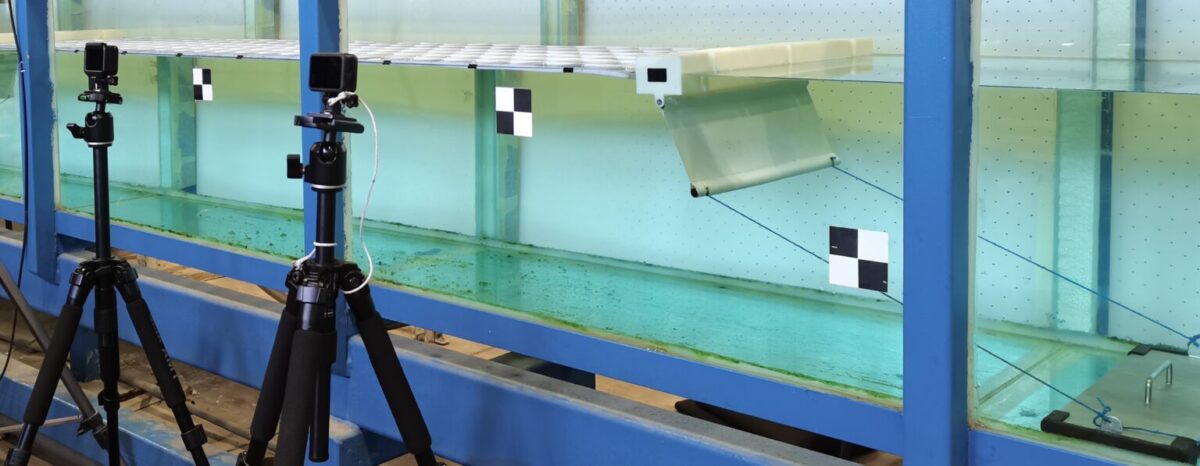https://admin.shopify.com/store/isolarparts/articles/new
New mooring system for offshore, coastal floating solar arrays

ABMS mooring system
Image: Law Wing-Keung, Nanyang Technological University
From pv magazine global
An international research group has designed a new mooring system for offshore, coastal floating solar arrays that is claimed to reduce costs of such projects.
Compared to the prevalent method of mooring with elastic cables, the novel method is said to reduce mooring costs for a system of 195 kW by 24%, from $62,200 to $47,160 over its service life. “Elastic mooring cables need to be tightened periodically because the creepage of rubber can lead to the loss of tension resulting in the increase in maintenance cost over time,” the scientists said referring to one of the possible issues in using this technology.
In the paper “An Adaptive Barrier-Mooring System for Coastal Floating Solar Farms,” which was published in Applied Energy, the scientists explained that the cost reduction is due to the cheaper material cost and fewer requirements for maintenance in the new system. “The cost comparison is only indicative as there is significant uncertainty in the various costs,” they emphasized. “In addition, the cost estimations only include the mooring system. Other related costs, such as transportation, have not been considered.”
Dubbed adaptive barrier mooring system (ABMS), the new system consists of perimeter pontoons, barriers, clump weights, mooring lines and anchors.
“The barrier is hinged to the pontoon at the top and tied to the clump weight at the bottom, while the mooring lines connect the clump weight with the anchors fixed at the seabed,” the researchers explained, referring to the functions of the system’s different parts. “The pontoon provides the buoyancy, while the barrier tensioned by the clump weight mitigates the wave action with the mooring lines holding the platform in place.”
In their analysis, the scientists used models scaled at 1:30, with the parameters of the various configurations carefully considered to be realistic compared to field deployment. They compared the performance of a floating array based on a conventional elastic system with that of a floating farm where the sea-facing front is supported by ABMS and the coast-facing rear is supported by a variation of this ABMS-based system where the barrier is replaced by mooring lines.
The researchers found that the system using the new mooing tech is 40% more vertically stable in short wave periods. In addition, the ABMS-based system proved to handle changes in water depth of up to 36%, which is highly relevant under tidal fluctuations, without introducing slack in the mooring cables. “Slack may produce sudden jerks and damage the mooring points,” the researchers explained.
The research team included scientists from the Nanyang Technological University in Singapore and the Dalian University of Technology in China. “We hope that the development of ABMS can further aid the development of coastal floating solar farms in the future,” the team concluded. “At present, floating solar farms have already been installed in freshwater bodies such as lakes and reservoirs. However, very few coastal floating solar farms have been installed so far despite the wider availability in sea space, due to the challenges of more complex environmental conditions in the coastal environment.”
This content is protected by copyright and may not be reused. If you want to cooperate with us and would like to reuse some of our content, please contact: editors@pv-magazine.com.



